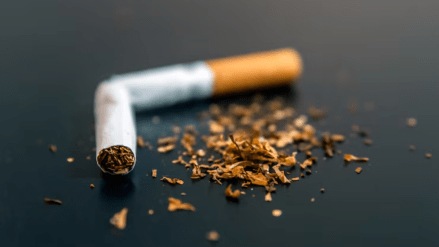The Goods and Services Tax (GST) Council’s decision to overhaul the indirect tax regime has once again brought “sin goods” into focus. These are products deemed harmful to health or society, and therefore subject to the steepest tax slabs.
What qualifies as a ‘sin good’?
In India, sin goods include items such as tobacco, gutkha, pan masala, cigarettes, luxury cars, motorbikes above 350cc, caffeinated and carbonated drinks, online gambling and gaming, coal, and even luxury indulgences like yachts and private aircraft. The idea behind this categorisation is twofold: discouraging consumption of harmful products while ensuring a steady revenue stream for the exchequer.
The tax treatment
Sin goods attract the highest GST slab. Until now, these were taxed at 28% plus a compensation cess. Under the new GST framework, the slab for select categories has been hiked to 40%. For example, pan masala, carbonated beverages, cigarettes, luxury vehicles, and personal-use aircraft will now be taxed at 40% instead of 28%.
In addition to GST, many of these products carry hefty cesses. Chewing tobacco, for instance, draws a cess of up to 96%. This dual structure not only curbs consumption but also helps fund compensation for states that lost revenue after GST implementation.
Alcohol is an exception
Interestingly, alcohol continues to remain outside the GST ambit. It is taxed separately by state governments through excise duties and value-added tax (VAT), which form a significant part of state revenues.
Why tax them heavily?
The principle behind levying higher taxes on sin goods is based on discouraging harmful consumption patterns and offsetting their social costs. Tobacco, alcohol, sugary beverages, and luxury fuel-guzzling cars are linked with public health burdens or environmental impact. Higher taxation is thus seen as both a deterrent and a source of funding for welfare measures.
The new list of sin goods now includes pan masala, flavoured or sweetened aerated waters, caffeinated drinks, high-end cars and motorcycles, yachts, private aircraft, tobacco products, and even revolvers and pistols. These will face a steep 40% GST rate, effectively putting them in the “super-luxury and super-harmful” bracket.
As Finance Minister Nirmala Sitharaman put it, products like tobacco will continue to bear high taxes until loans taken to compensate states are repaid. By shifting to a tax-on-retail-sale-price model for pan masala and gutkha, the government also aims to plug revenue leakages in the sector.
